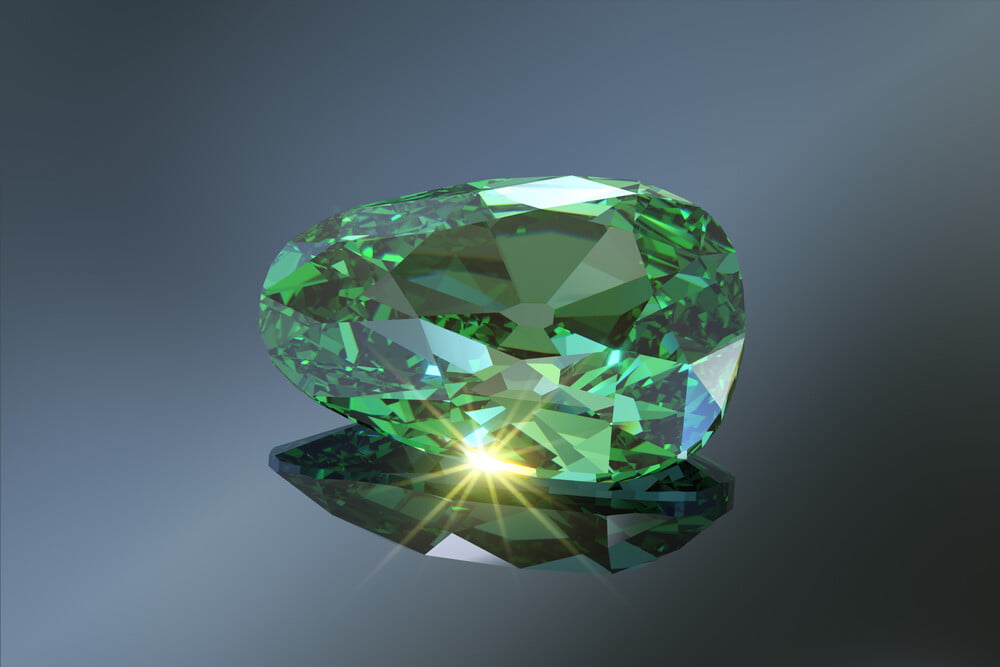

Features
Sustainability is Transforming the Diamond Industry
Sustainability is a major concern that needs to be a priority in every aspect of our lives. However, most people only think about sustainability in a few limited contexts, such as electricity and oil. The reality that there are other areas where sustainability needs to be a concern, including the purchase of diamonds.
Diamonds remain some of the most attractive luxuries on the planet. However, even in an age where diamond trading is largely transparent, there remain serious questions over the ethics of procuring the stones.
Both natural and synthetic diamonds still find themselves sourced from countries with question marks over their records, with the latter produced largely by China, according to the South China Morning Post. China is a country which has a poor record on worker rights and the environment. That said, there is a clear way to find ethical diamonds in the modern market. The first step concerns ethics, and there’s a good way to make sure your diamonds remain free from conflict.
Kimberley and Botswana
The modern ethical framework for diamonds is established via the Kimberley process, which is a set of checks and rules that ensure that diamonds don’t have a history of conflict. Governments throughout the world are signed up to this process in order to ensure that they do not have luxury markets flooded by gems from war-torn countries. However, there are some blind spots in the application of this process, and concerns have been flagged over the role that diamonds play in ongoing conflicts in the Democratic Republic of Congo as one example.
The way forward is to look to popular discourse: Business Insider note the use of Botswana diamonds in Meghan Markle’s wedding ring as a good example of modern, conflict-free ethical diamond trade. You can also look to countries like Australia and Canada, where there is, generally, an accepted level of oversight as concerns human rights and conflict.
The environment
Even if your diamond is ethical, there is potential for it to be environmentally harmful. Lab-grown diamonds are not necessarily the answer, and a recent study reported in several major outlets found that synthetic diamonds cause 6 lbs of carbon per diamond, and mined ones up to 125 lbs. This means there is always a cost associated with extraction. Consider using second-hand gems, which will see the carbon cost halved, or looking to countries like Canada with stringent environmental regulations.
It’s important to consider using lab-grown diamonds, too. There’s a lot of work being done to try and estimate the impact of these diamonds on the environment. This is because, while the materials that make a diamond are easy to obtain – carbon – the energy needed to create the environment in which it will structure into diamond can be costly. However, the New York Times have highlighted potential bias in studies which seek to undermine the environmental credentials of mined diamonds over synthetic diamonds. Many studies look only at the basic cost of extraction versus synthesis, and not the impact on roads and development that creating diamond mines leads to. Increasingly, companies are looking to make mined diamonds even more preferable by making the extraction process more friendly to the environment.
Diamond tourism
This need for more equitable solutions to diamond mining have led to a diamond tourism industry springing up. In South Africa, those looking for a sense of authenticity in their gemstone can pay to go diamond diving off the coasts of the country. Here, using electric boats and with eco-friendly diving equipment, tourists pay a steep price for the guaranteed success of finding a diamond in underwater previously alluvial deposits. This is likely the cleanest way of obtaining diamonds, although it doesn’t account for the polishing and finishing of the stone; however, short of absolute futurism, it allows people to see firsthand the way their stone is found and presented and in a way that can be absolutely assured to be sustainable.
A futuristic option
There may soon be a new option. According to the BBC, a British scientist has created a method that pulls diamonds out of the sky. This sounds fanciful, but in reality, what it means is using scientific processes to pull carbon out of the sky, creating diamonds from waste material. While this uses similar energy levels to diamond synthesis processes, it has a lower carbon footprint due to using recycled materials – plus, it removes some pollution from the air and helps to mitigate the impact of the greenhouse effect. Overall, this could mean a much brighter and more sustainable future for diamonds, as it inherently answers all questions over ethics and environmental cost.
In the meanwhile, aim to obtain second hand diamonds that have been sourced from countries with regulations in place. This will help to safeguard the humans behind the diamond. Furthermore, it’ll help the environment, too.
Diamonds Can Be Sustainable
There are many different ways that diamonds can be more sustainable. You need to know your options and procure them correctly. Best of luck choosing an ethical and eco-friendly stone!
































